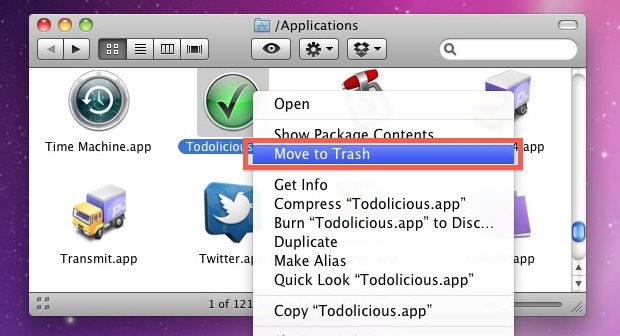- Remove Unwanted Software From Apple
- How To Remove Unwanted Programs From Macbook
- Remove Unwanted Software From Mac
Jun 10, 2020 If you see pop-ups on your Mac that just won’t go away, you might have inadvertently downloaded and installed adware (advertising-supported software) or other unwanted software. Certain third-party download sites might include programs that you don’t want with the software that you install. Jul 13, 2020 Also, we recommend that if you want EssentialCommand to be surely gotten rid of, you should download and run a scan with an advanced cleaner app for Mac. Such software has the capability of scanning and detecting all types of unwanted and virus files on your Mac and removing them for good. Oct 15, 2018 Part 2: Completely Remove Unwanted Apps that Won't Delete on Mac (Easy Way) Part 3: Delete Apps Downloaded from Mac App Store Part 1. How to Delete Apps in the Finder on Mac Manually (the Hard Way) Unlike Windows computers, Mac works a little distinctly. All the programs and apps are stored in the Application directory. Fortunately, unlike some similar programs, there's an option to create a System Restore point before removing software with Free Uninstall It. An installation monitor is included with Free Uninstall It that's supposed to track how a program is installed to provide an easy way to remove it, but I was unable to get it to work properly.
Remove Unwanted Software From Apple
When installing desirable software for good, it’s nice to be kept advised of updates. One way to do that is through a Mac OS X mechanism called launch agents. They activate a request to check for updates. However, after you’ve deleted experimental software, those update checks can linger and consume system resources. Here’s how to delete them.
Sometimes those software update agents are innocuous. But other times, they’ll leave behind remnants of themselves, for example Menu Bar items. Or they’ll constantly pop up in Little Snitch, if you use that, begging for permission. It can get a little annoying. At the very least, it’s messy to leave these persistent messengers around (that phone home) after you’ve deleted experimental software.
The first place to look for remnant agents is in System Preferences -> Accounts -> Login Items to see if any agents are still being launched at login. If you don’t see anything suspicious there, look in:
- ~/Library/LaunchAgents (local)
- /Library/LaunchAgents (global)

In the case of Google’s Chrome, it installed a launch agent on my system in my local Library.
Google’s Chrome Launch Agent
If you see something like this, and know you don’t want it around anymore, you can just delete the file. In this case: com.google.keystone.agent.plist. Then, at your convenience, restart to reset the tasks for launchd.
How To Remove Unwanted Programs From Macbook
In general, when a new application comes with a .pkg installer, one must be on guard because an installer will often install other files, in addition to the app in /Applications. One tip: it asks for an admin password. If you want to be extra cautious, you can inspect all the files that will be installed by looking at the installer’s File menu -> Show files.

Remove Unwanted Software From Mac

However, some apps, simply dragged to /Applications, when launched, can also sneakily insert files into other locations in your system, for example, Chrome. Vigilance (and a tool like Little Snitch) can smoke out these unwanted tidbits of code in your system after you’ve deleted the primary app.